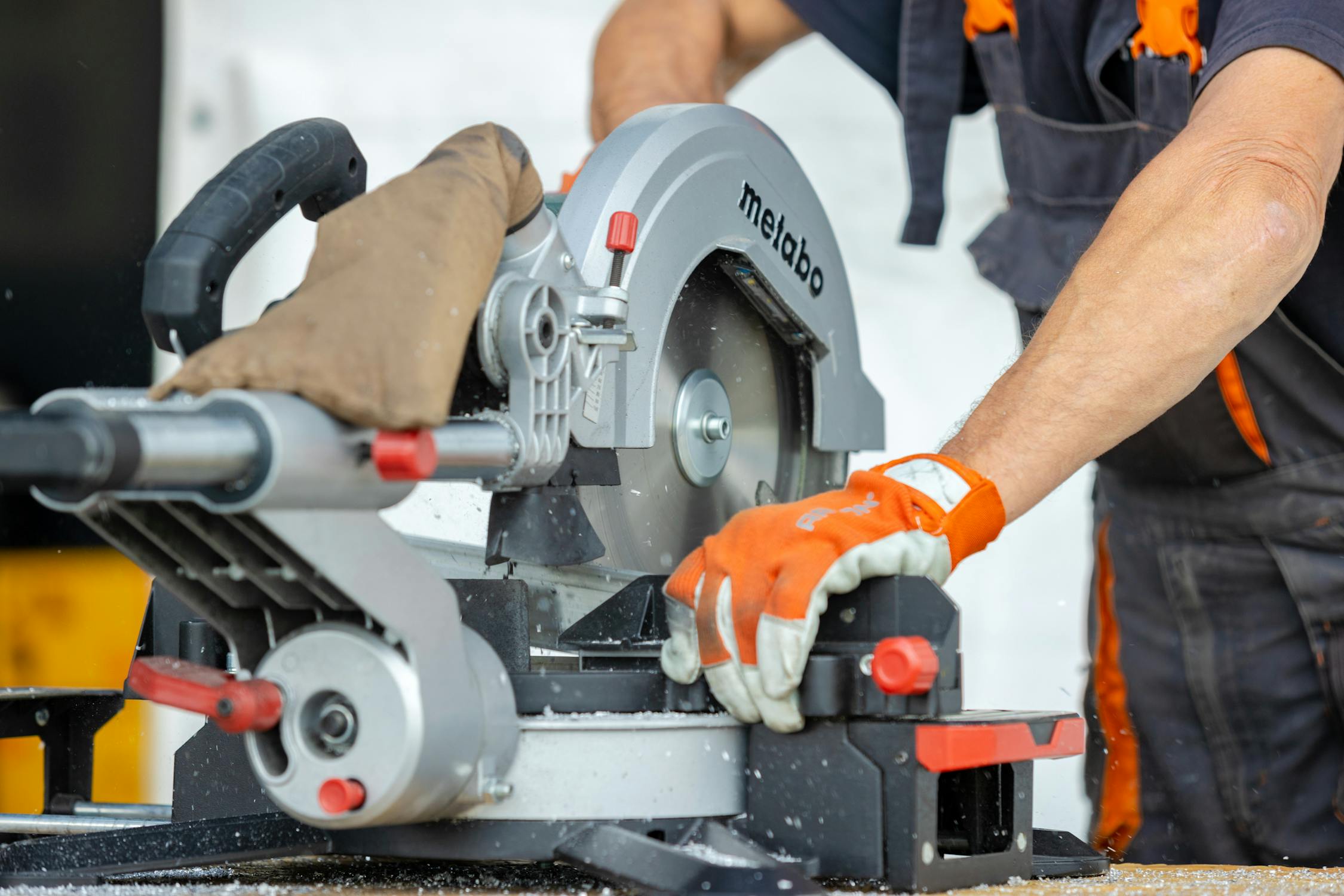
Strata Insurance in Australia - What Owners and Committees Need to Know
· Nathan Croxton · 5 min read
Strata Insurance in Australia - What Owners and Committees Need to Know
Strata insurance is a crucial safeguard for people who own or manage units in apartment blocks, townhouses, or any property under a strata title. In Australia, it’s often referred to as body corporate or owners corporation insurance.
This guide breaks down:
- What strata insurance covers
- Whether it’s legally required
- How it’s arranged
- How fees are calculated
- Fee breakdown (including brokerage and commissions)
- Notable exceptions
- Major underwriters and brokers
- Recent controversies and developments
We’ll keep things approachable and jargon-free so that any property owner or committee member can understand the essentials.
What Does Strata Insurance Cover?
Strata insurance typically covers:
- The Building and Common Property (e.g. walls, roof, lobbies, gardens)
- Common Area Contents (e.g. foyer furniture, gym equipment)
- Public Liability (injuries on common property)
- Loss of Rent/Temporary Accommodation (after major damage)
It does not cover:
- Personal contents of owners or tenants
- Upgrades or improvements inside units (these may need contents insurance)
Optional extras often include:
- Office Bearers’ Liability
- Fidelity Guarantee
- Volunteer Workers Cover
- Machinery Breakdown (important if your building has lifts)
- Catastrophe Cover
- Workers’ Compensation (if applicable)
Always check your building’s policy and definitions carefully!
Is Strata Insurance Legally Required?
Yes, strata insurance is mandatory in all Australian states and territories.
Owners corporations must:
- Insure the building for full replacement value
- Have public liability insurance (usually at least $10M)
The insurance is organised and paid by the owners corporation, and each owner pays their share through strata levies.
How Strata Insurance Is Organised
Strata insurance is usually arranged by:
- The strata committee
- The professional strata manager
They often work through:
- Insurance brokers who specialise in strata insurance
- Underwriting agencies who package strata policies
The insurance policy covers all owners collectively. There’s typically one master policy, not individual ones per lot.
Owners pay the premium via their strata levies, proportional to their unit entitlements.
How Are Strata Insurance Premiums Calculated?
Premiums are influenced by:
- Building Sum Insured (the higher the rebuild cost, the higher the premium)
- Building Features (e.g. lifts, pools increase costs)
- Location (cyclone, bushfire, flood risks)
- Claims History (more past claims = higher premiums)
- Building Age and Condition
- Security Measures (sprinklers, CCTV can lower premiums)
- Size and Occupancy (larger buildings, more short-term rentals = higher risk)
- Excess Choices (higher excess = lower premium)
- Optional Covers Chosen (e.g. machinery breakdown)
Important: Lifts almost always increase premiums because they add expensive equipment and liability risk.
Strata Insurance Fee Breakdown
Strata insurance fees usually include:
- Base Premium (risk cost)
- GST (10%)
- Stamp Duty (varies by state, around 9%-11%)
- Broker Commission (commonly ~20% of the base premium)
- Broker Fees (sometimes in addition to or instead of commission)
- Strata Manager Commission (sometimes a cut from the broker commission)
Example:
- Base premium: $7,000
- GST and stamp duty: ~$1,470
- Broker commission: ~$1,400
- Total: ~$10,000
Notable Exclusions
Strata insurance typically does not cover:
- Personal contents inside individual units
- Routine maintenance, wear and tear
- Structural building defects or poor workmanship
- Gradual earth movement (subsidence)
- Flood damage (unless added)
- Damage from coastal erosion, war, or nuclear incidents
Always review your policy’s Product Disclosure Statement (PDS).
Who Are the Major Underwriters and Brokers?
Top strata insurers in Australia include:
- CHU Insurance (owned by Steadfast, backed by QBE)
- Strata Community Insurance (SCI) (underwritten by Allianz)
- SUU (Strata Unit Underwriters) (part of IAG Group)
- Flex Insurance (offered by CHU/Steadfast)
- Other agencies: Longitude, Axis, Millennium
Big insurers behind the scenes: QBE, Allianz, Suncorp, CGU, Chubb.
Leading brokers include Whitbread, Honan, Marsh, and Aon.
Important: Some brokers or strata managers have relationships with underwriters, and may receive commissions. Transparency is crucial.
Recent Developments and Controversies
Rising Premiums
- Climate change (cyclones, floods, bushfires) has caused big premium hikes.
- The Cyclone Reinsurance Pool (2022) is helping lower costs in northern Australia.
Commissions and Transparency Issues
- ABC’s Four Corners (2024) exposed hidden insurance commissions.
- ACCC called for a ban on strata insurance commissions.
- Some strata managers and brokers are now offering flat-fee models instead of commission-based.
Cladding and Defects
- The flammable cladding crisis made some buildings hard to insure.
- Structural defects (e.g. Mascot Towers) show that insurance does not cover poor construction.
Market Consolidation
- Fewer insurers are competing in the strata market.
- Owners should shop around and demand disclosure of all commissions and fees.
How to Review and Compare Strata Insurance Policies
Not all strata insurance policies are equal. While they cover similar core risks, the details can vary significantly between providers. Committees and owners should:
- Request the Product Disclosure Statement (PDS) and carefully compare what’s covered and excluded.
- Check limits and sub-limits — e.g. how much is covered for temporary accommodation or machinery breakdown.
- Compare excess amounts — a low premium might come with a high excess.
- Ask for multiple quotes annually to ensure competitiveness.
When in doubt, speak directly to the broker or insurer and ask them to explain the policy in plain English.
Risk Reduction Tips to Lower Your Premium
Owners and committees can take practical steps to reduce their insurance premiums over time:
- Regular building maintenance – repairing minor issues reduces the chance of claims.
- Improve building security – security lighting, CCTV, and access control can reduce liability risk.
- Fire safety upgrades – working smoke alarms, extinguishers, and sprinklers can make a big difference.
- Limit short-term rentals – too many can be seen as higher risk by underwriters.
- Avoid small, frequent claims – insurers often penalise frequent claimants with higher premiums.
Maintaining good records and showing insurers that your building is well-managed can also support your case during renewal.
What Committees Should Ask Each Year
Every year, committees should review their policy before renewing. Key questions to ask:
- Has the building sum insured been updated to reflect current construction costs?
- Are there new exclusions or conditions this year?
- Has our claims history impacted our premium?
- Are we getting the best value, or just renewing out of habit?
- Can we negotiate a flat-fee arrangement instead of commission-based brokering?
A proactive approach can save thousands of dollars and reduce risk for all owners.
Special Considerations for New Buildings
Newer buildings may present unique challenges:
- Builder’s warranties may overlap with insurance for a limited time.
- Defects discovered post-handover might not be covered — especially structural ones.
- Developers or builders may have organised the initial insurance — review it carefully upon handover.
Owners corporations of new developments should consider commissioning a building condition report and engaging an independent strata lawyer to review all contracts and policies.
Bottom line: Strata insurance is essential for protecting your building and investment. Stay informed, review your building’s policy each year, ask for fee transparency, and be proactive about building maintenance to keep premiums manageable.



